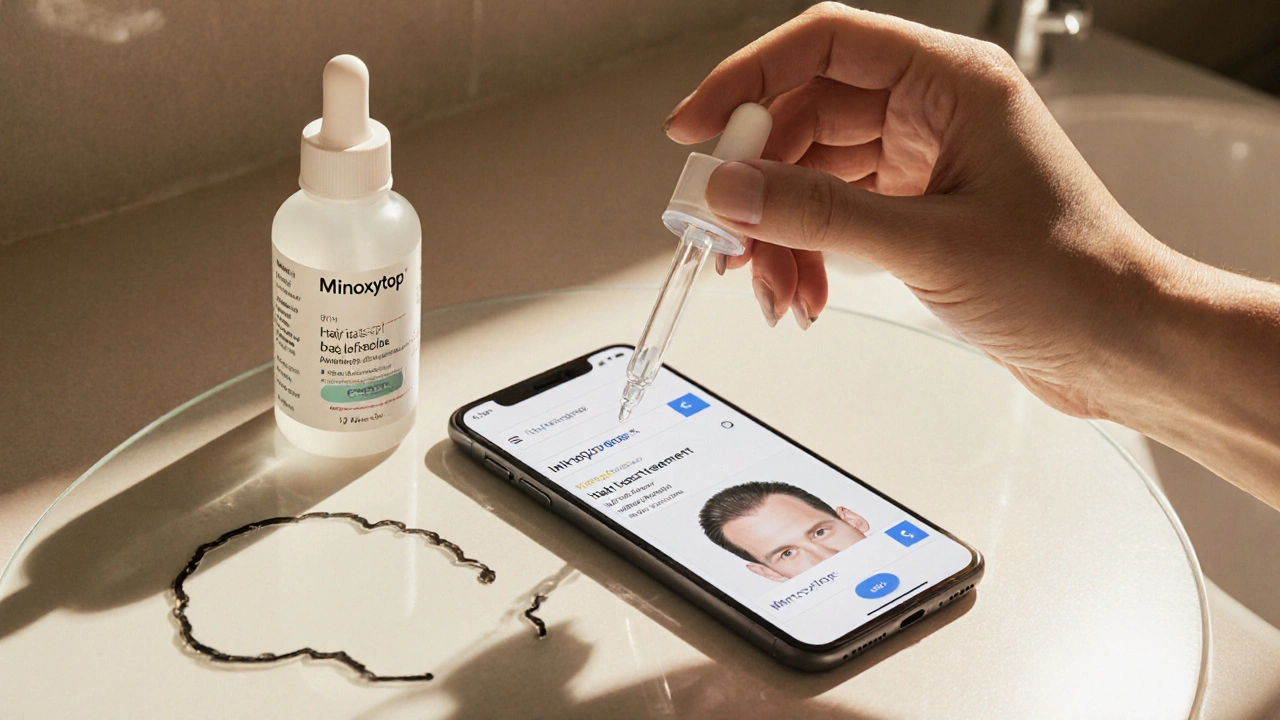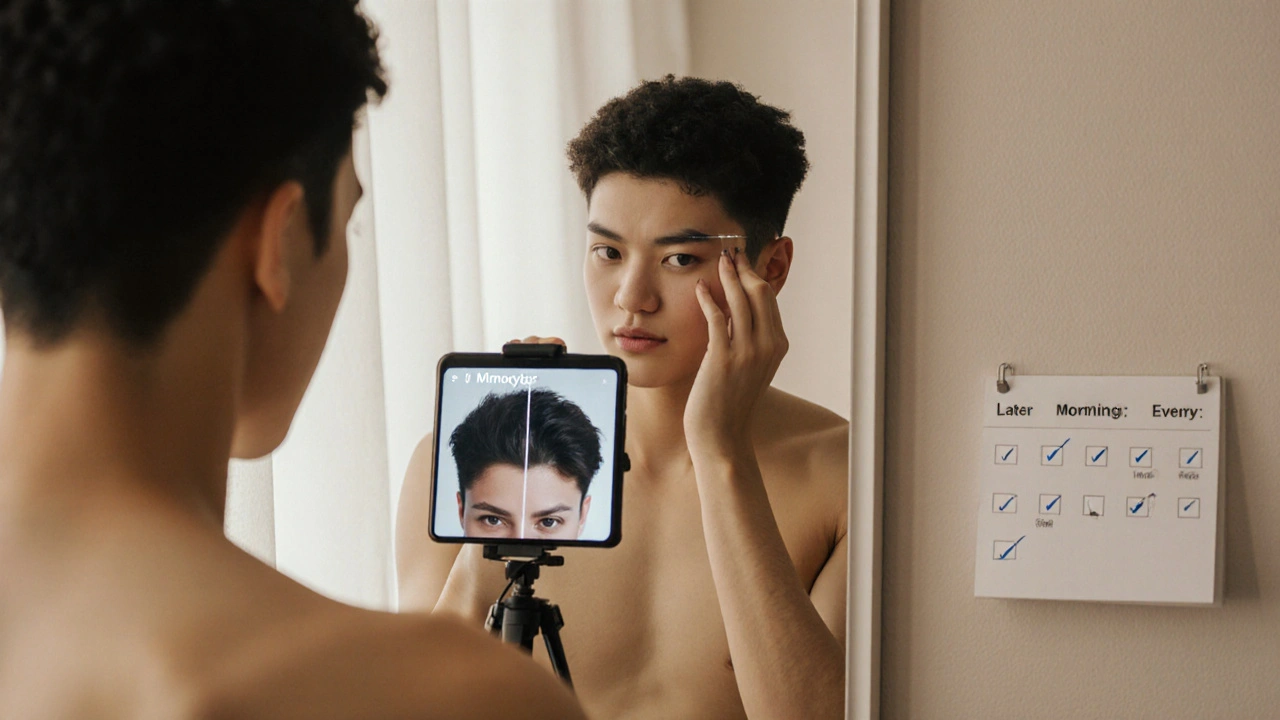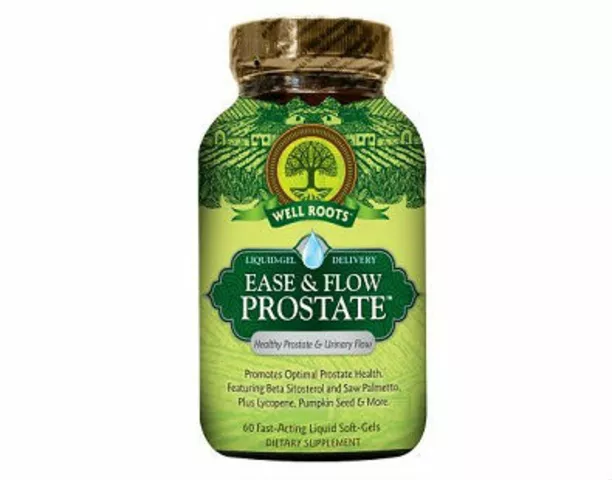
Hair Loss Treatment Selector
Personalize Your Treatment Path
Answer these questions to get recommendations based on the latest clinical evidence.
When tackling hair thinning, Minoxytop (Minoxytop is a 5% minoxidil topical solution designed to widen hair follicles and prolong the growth phase.) often shows up first in Google searches, but the market is flooded with other options. Knowing which product fits your scalp, budget, and lifestyle can feel like a maze. This guide breaks down the most common alternatives, lines them up side‑by‑side, and gives you a clear decision path.
Key Takeaways
- Minoxytop works best for early‑stage androgenic alopecia and for people who prefer a non‑prescription, at‑home routine.
- Finasteride delivers higher regrowth percentages for men but requires a prescription and carries systemic side effects.
- Procedures like PRP and low‑level laser therapy (LLLT) suit those who want medical‑grade results without daily applications.
- Hair transplants give permanent density but involve surgery and a significant cost.
- Natural adjuncts-ketoconazole shampoo, rosemary oil, and over‑the‑counter DHT blockers-can boost any primary treatment when used correctly.
What Exactly Is Minoxytop?
Minoxytop is a brand‑name formulation of minoxidil a vasodilator originally approved for blood‑pressure control that was later discovered to stimulate hair growth.. It comes in a 60ml bottle with a dropper, delivering 1ml per application, typically twice a day. Clinical trials in the 2000s showed that 5% minoxidil can increase hair count by 10‑15% after four months, with the best response in people under 40 and those with less than 50% scalp coverage loss.
Major Alternatives on the Market
Below are the most frequently mentioned competitors. Each entry includes a brief definition, how it works, and typical usage patterns.
- Finasteride an oral 1mg prescription pill that blocks the conversion of testosterone to dihydrotestosterone (DHT), the hormone that miniaturizes hair follicles.
- Platelet‑Rich Plasma (PRP) a clinic‑based procedure where a patient’s own blood is centrifuged, and the platelet‑rich layer is injected into the scalp to release growth factors.
- Low‑Level Laser Therapy (LLLT) devices-caps, combs, or helmets-that emit red light (630‑660nm) to improve cellular metabolism and blood flow in hair follicles.
- Hair Transplant surgical relocation of donor follicles (usually from the occipital scalp) to balding zones, using either Follicular Unit Extraction (FUE) or Follicular Unit Transplantation (FUT).
- Ketoconazole Shampoo an antifungal wash (2% concentration) that also reduces scalp DHT levels, often used as an adjunct to other treatments.
- Rosemary Oil a botanical oil that, when diluted and massaged into the scalp, may improve circulation and has shown modest hair‑count gains in a 2022 pilot study.
- Over‑the‑Counter DHT Blockers nutraceutical blends (saw palmetto, pygeum, zinc) marketed to lower DHT without a prescription.
Side‑by‑Side Comparison
| Treatment | Mechanism | Typical Users | Average Regrowth* (%) | Common Side Effects | Monthly Cost (USD) |
|---|---|---|---|---|---|
| Minoxytop (5% Minoxidil) | Vasodilation + follicle enlargement | Men & women, early‑stage loss | 10‑15 | Scalp irritation, unwanted facial hair | 30‑45 |
| Finasteride (1mg) | DHT synthesis inhibition | Men only, moderate‑to‑advanced loss | 20‑30 | Sexual dysfunction, mood changes | 25‑35 |
| PRP | Growth‑factor release from platelets | Men & women, moderate loss | 15‑25 (per series of 3‑4 sessions) | Transient redness, mild pain | 350‑600 (per session) |
| LLLT | Photobiomodulation of follicular cells | Men & women, any stage | 12‑18 | Eye strain (if not wearing goggles) | 70‑200 |
| Hair Transplant | Permanent donor‑to‑recipient follicle relocation | Men & women, >50% scalp loss | 70‑90 (permanent) | Scarring, infection risk | 3000‑15000 (one‑time) |
| Ketoconazole Shampoo | Antifungal + DHT reduction | Men & women, as adjunct | 5‑8 | Dryness, occasional rash | 10‑15 |
| Rosemary Oil | Circulation boost + anti‑inflammatory | Men & women, early loss | 3‑5 | Allergic dermatitis (rare) | 5‑12 |
| OTC DHT Blockers | Natural enzyme inhibition | Men & women, mild loss | 4‑7 | GI upset (if high dose) | 15‑25 |
*Regrowth percentages come from peer‑reviewed studies published between 2018‑2023 and reflect average improvements over a 6‑month period.
When Minoxytop Shines
If you’re under 40, have less than 50% scalp involvement, and prefer a DIY routine, Minoxytop often wins on convenience and safety. The topical route avoids systemic exposure, meaning you’re unlikely to experience the sexual side effects that sometimes accompany finasteride. Consistency is key, though-missing applications quickly erodes gains.
Scenarios Where Alternatives Outperform
- Male pattern baldness beyond the crown. Finasteride’s DHT block provides a stronger halt to follicle miniaturization.
- Desire for permanent results. Hair transplantation gives you a permanent donor zone that minoxidil can’t match.
- Dislike of daily mess. PRP and LLLT require periodic visits or short‑term device use instead of twice‑daily drops.
- Sensitive scalp. Ketoconazole shampoo or rosemary oil can be gentler adjuncts when minoxidil causes irritation.

How to Choose the Right Regimen
- Define your stage. Use a visual scale (e.g., Norwood for men, Ludwig for women). Early stages lean toward topical minoxidil; advanced stages may need oral finasteride or surgery.
- Check health constraints. If you’re pregnant, nursing, or have cardiovascular issues, avoid finasteride and discuss minoxidil safety with your doctor.
- Set a budget. Calculate the total cost over a year. For many, a combination of minoxidil + ketoconazole (≈$540/year) beats a single PRP series (≈$4,800).
- Assess commitment. Minoxytop requires daily adherence; LLLT devices need 15‑30minutes thrice weekly; transplants are a one‑off but need recovery time.
- Trial period. Start with a 3‑month minoxidil trial. If you see at least a 5% increase in density, continue; otherwise, discuss adding finasteride or a procedural option with a dermatologist.
Practical Tips & Common Pitfalls
- Apply Minoxytop to dry scalp and let it dry for at least 2hours before styling. Wet hair dilutes the solution and reduces absorption. \n
- Rotate the dropper tip daily to prevent bacterial buildup.
- When using both minoxidil and finasteride, schedule minoxidil in the morning and finasteride at night to minimize potential scalp irritation.
- Don’t combine multiple topical agents (e.g., minoxidil + high‑strength tretinoin) without professional guidance-over‑exfoliation can damage the barrier.
- Track progress with monthly photos taken under consistent lighting. Visual data beats vague “I think it’s growing” impressions.
Frequently Asked Questions
Can I use Minoxytop and finasteride together?
Yes, many dermatologists prescribe the combo because they work on different pathways-minoxidil boosts follicle size locally while finasteride lowers systemic DHT. Start minoxidil first, add finasteride after a month, and monitor for scalp irritation.
How long before I see results with Minoxytop?
Most users notice shedding reduction within 4‑6 weeks and visible regrowth after 3‑4 months. Patience matters-stopping early resets the cycle.
Is PRP safe for women?
PRP is hormone‑neutral, so it’s safe for women, including those who are pregnant or nursing. The main concern is mild discomfort during injections, which fades quickly.
Do low‑level laser helmets really work?
Clinical studies show a 12‑18% increase in hair density after 24weeks of thrice‑weekly use. Results vary, and the devices are most effective when paired with minoxidil.
What’s the best way to avoid scalp irritation from Minoxytop?
Keep the scalp clean, apply the solution to dry skin, and start with a half‑dose (0.5ml) for the first week. If irritation persists, switch to the 2% formulation or add a gentle, sulfate‑free shampoo.
8 Comments
Write a comment
More Articles

Why Everyone Should Be Talking About Stone Root: A Revolutionary Dietary Supplement
I recently came across a revolutionary dietary supplement called Stone Root, and I think everyone should be talking about it. It's a natural herb with numerous health benefits, such as improving digestion, reducing inflammation, and even helping with kidney stones. Many people are unaware of this amazing supplement and its potential to improve our overall health. As a blogger, I feel it's my duty to spread the word about this incredible discovery. So, let's get the conversation started and explore the wonders of Stone Root together!

Exploring 5 Alternatives to Cytotec in 2025: Navigating the Options
In 2025, as health choices become more diverse, exploring alternatives to Cytotec is crucial. This article dives into five significant options available today, analyzing their pros and cons to help navigate the best choice for your needs. Discover the nuances of each alternative, from safety profiles to accessibility, and gain insights into their practical applications. Whether you're a healthcare professional or someone seeking informed decisions, this guide offers valuable knowledge and clarity.

king singh
October 11, 2025 AT 23:02I've been using Minoxytop for about six months now. The routine is simple – just two drops on a dry scalp each morning and night. I noticed the shedding phase calm down after the first month and a faint increase in density after the third. Consistency is key, and pairing it with a gentle sulfate‑free shampoo helps keep irritation at bay.